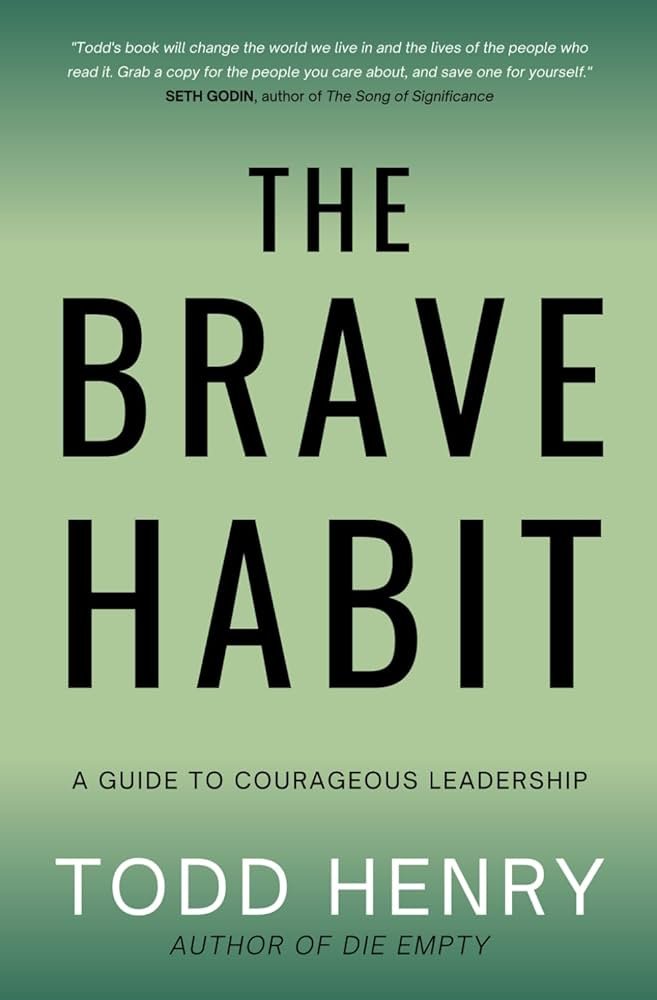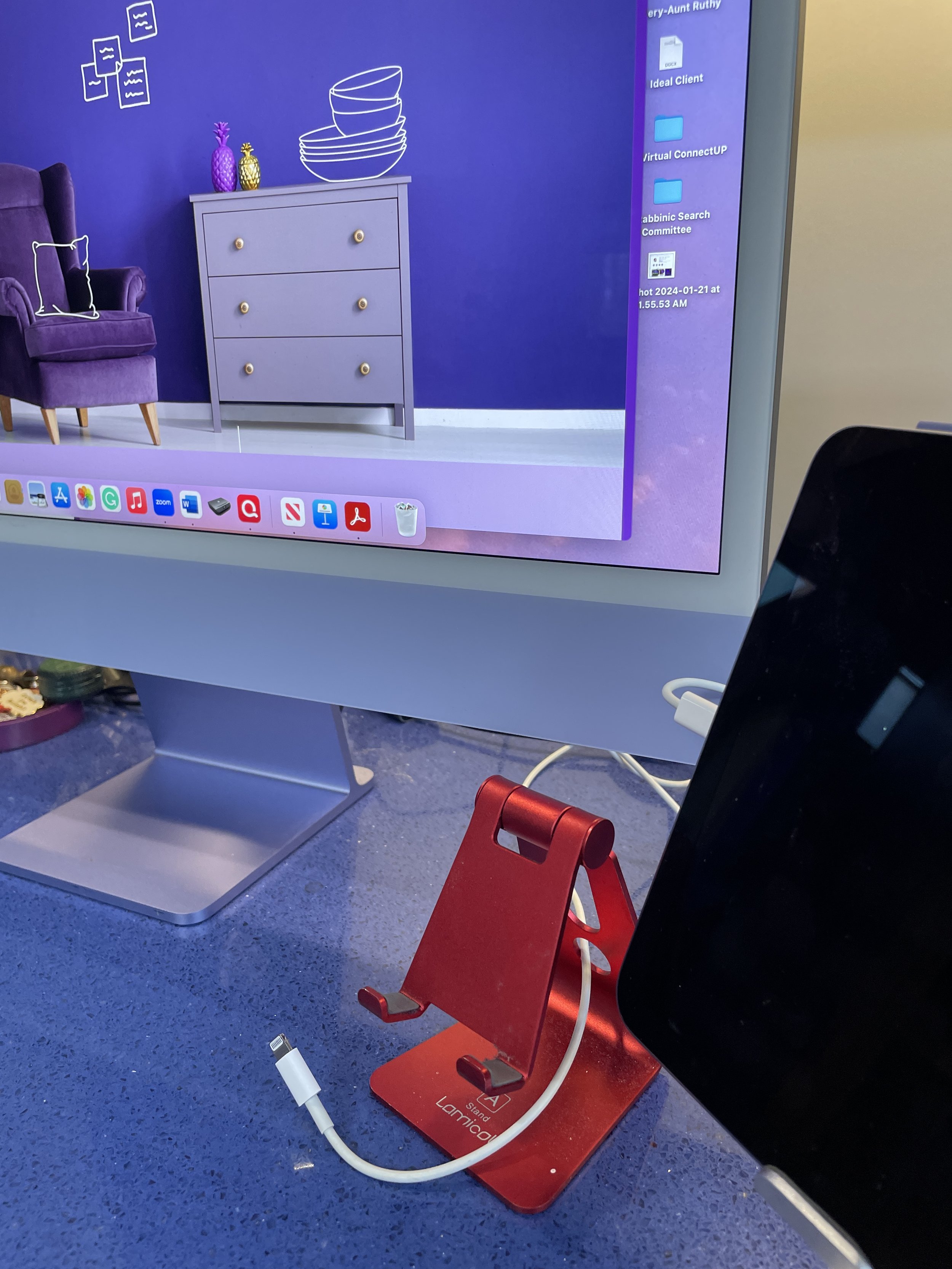As this year winds down, I appreciate reflecting on the past before moving ahead to the future. For part of the year-end review, I selected my favorite organizing concepts from 2024, one from each month. I hope you discover or rediscover a seed idea that will bring inspiration and balance to your New Year.
Where will you focus on creating organization and balance? Which people and projects will receive your time, energy, and attention? If you’re ready for a fresh start, embracing change, taking your next step, letting go, decluttering, enlisting help, and more, this is for you.
12 Promising and Best Loved Organizing Ideas of the Year
1. Fresh Start – Your Fresh Start Begins With One Small, Courageous Step
“It takes courage to move forward when you’re overwhelmed.”
2. Embrace Change – How 3 Helpful Changes Can Make Positive Differences in Your Life
“Yes starts the process of change. Yet keeps it going.”
“One small step in the face of fear is enough to dispel its hold on you.”
4. Letting Go – One Easy and Excellent Strategy for Quickly Letting Go
“One of the simplest ways to let go is to notice the things that don’t belong.”
“Clutter creates chronic inflammation.”
6. Time Management – What Astounding Growth and Change Can Happen When You Make Time?
“Progress is noticeable when you make a time investment.”
7. Motivation - How One Simple Question Will Motivate You When You’re Not
“What’s a quick completion?”
8. Enlisting Help – When Facing Something Difficult, Do You Procrastinate or Ask for Help?
“You don’t have to do everything yourself.”
9. Virtual Organizing – Virtual Organizing: Everything You Want to Know and Why It Benefits You
“Virtual organizing is a flexible, creative, collaborative process.”
10. Possibilities – New Exciting Bedroom Fun Look Transformation: From Possibility to Reality
“Bringing possibilities to fruition is gratifying.”
11. Wonderfully Human – 3 Ways to Joyfully Prepare for a Compassionate Holiday Season
“We don’t have to be perfect.”
12. Life Balance – How to Create Your Happy Life Balance Using Circles of Influence & Control
“There’s immense power in knowing which things in our lives we can and can’t control.”
Grateful for You
Thank you for being an integral part of this vibrant community. I am deeply grateful to you. We’ve had an incredible year of conversations and sharing. You bring learning, growth, support, and inspiration to every exchange. Thank you for participating and sharing the best of who you are.
What inspired you this year? Which organizing concept resonates most with you? I’d love to hear your thoughts. I invite you to join the conversation.
How Can I Help?
Do you want help decluttering, organizing, planning, or creating more balance? I’d love to help! Virtual organizing is an extraordinary path forward – A local feel with a global reach.
Please schedule a Discovery Call, email me at linda@ohsorganized.com, or call 914-271-5673. Organization, balance, and ease are possible, especially with support.



























